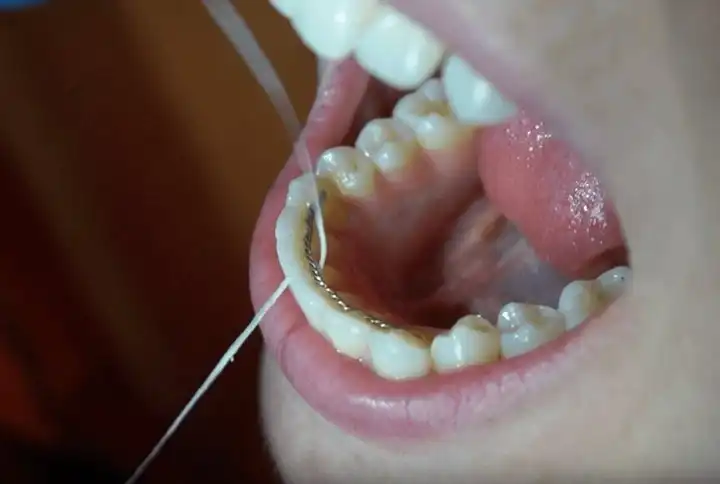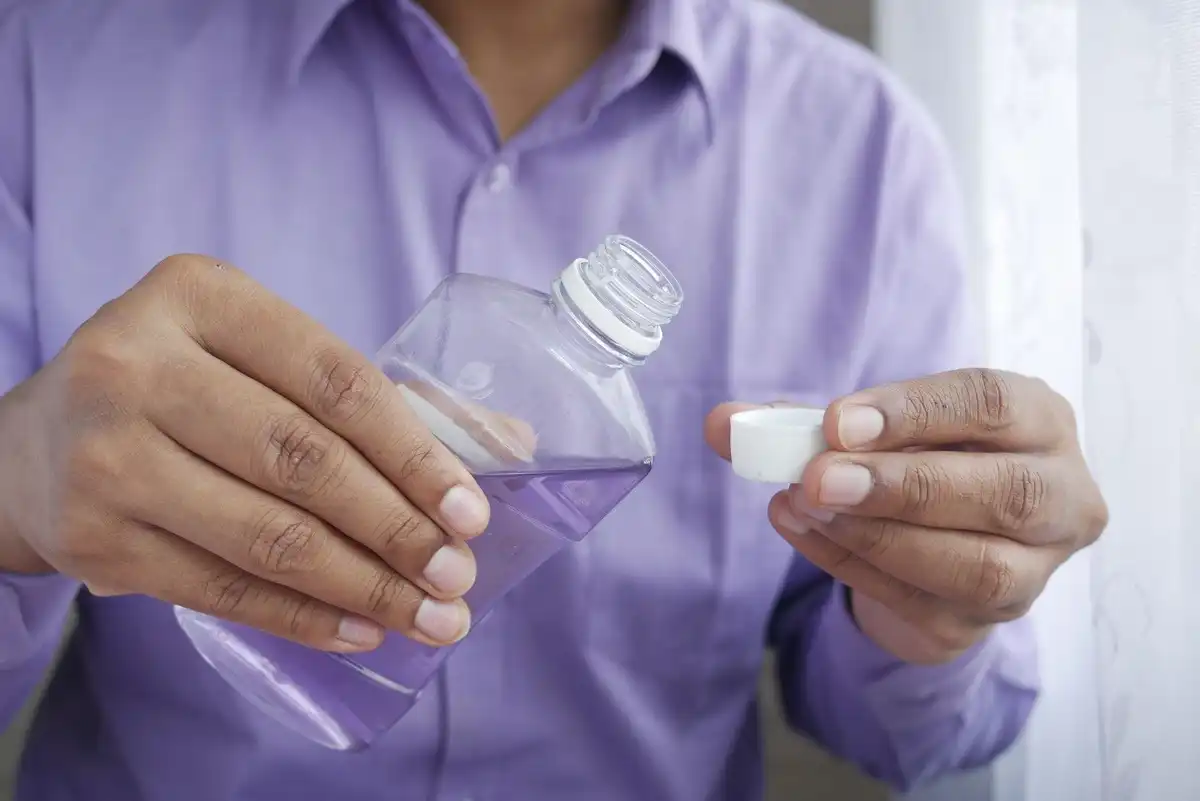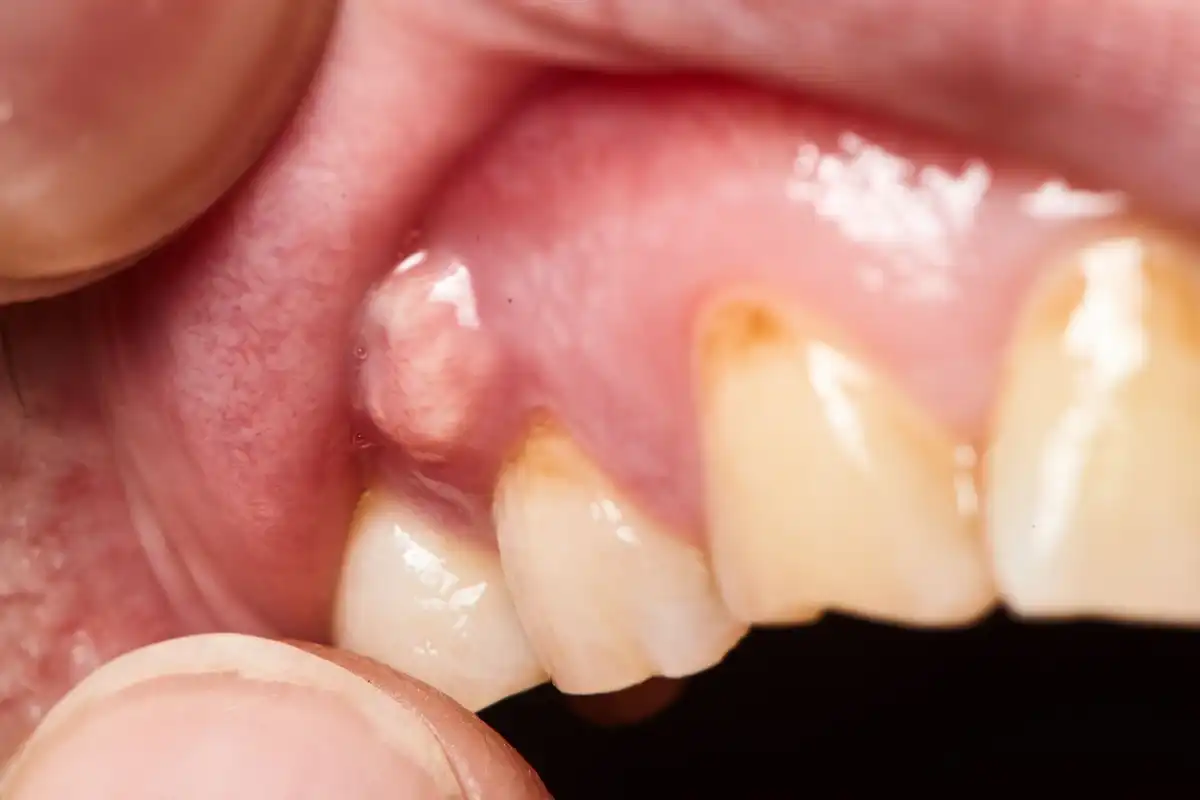Broken & Sharp Tooth: How to Fix Fast, Repair Options & Cost

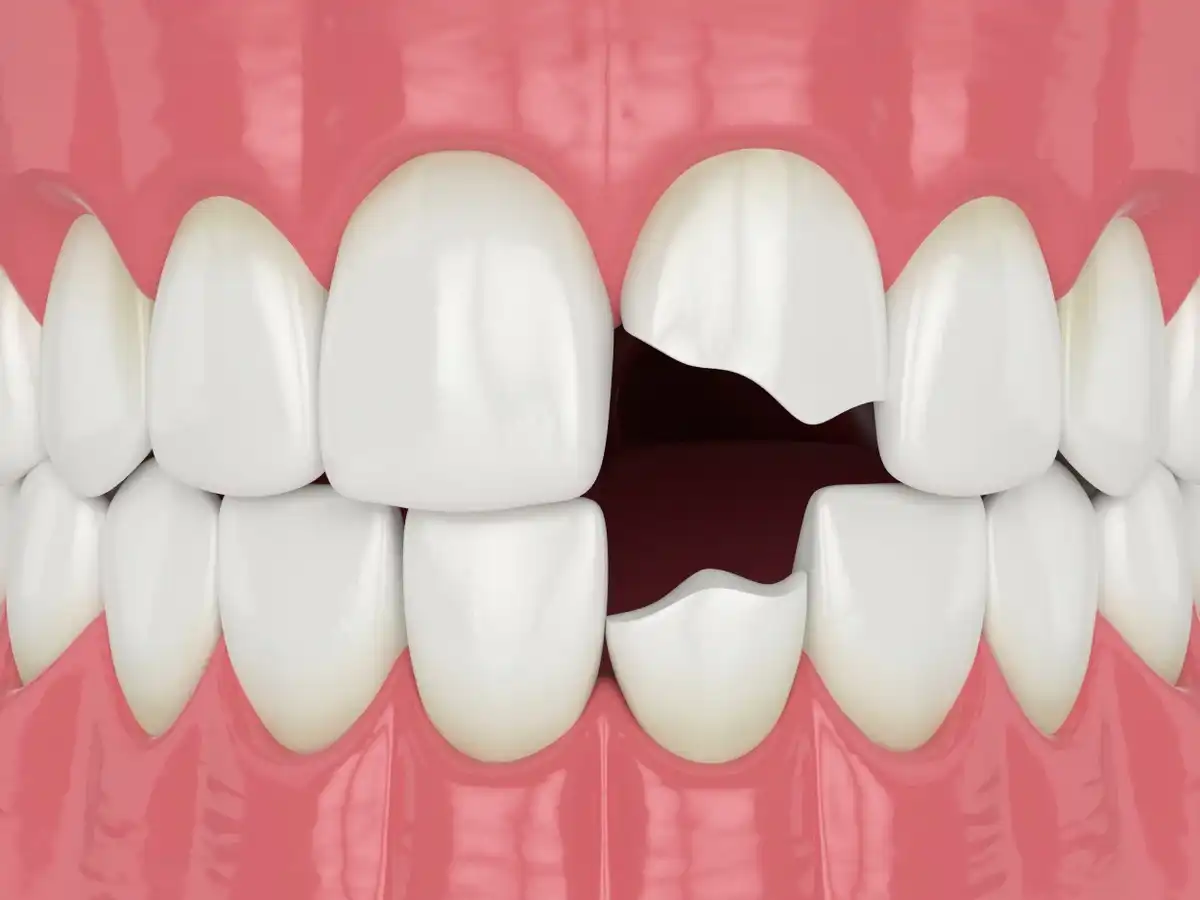
Your mouth is super sensitive. Even the tiniest of changes somewhere on one tooth can throw everything off. If you have a chipped, sharp tooth edge, chances are you’ll notice it right away. With sharp teeth rubbing on the tongue, lips, or cheek surfaces, it won’t take too long to develop mouth sores or cut your lip even more. A lot of people want to know how to file a jagged tooth to avoid teeth cutting tongue, lips, or cheeks, but that’s actually a dangerous thing to do!
Broken Teeth Cutting Your Tongue Or Cheek?
If you’ve ever accidentally bitten your cheeks, lip, or tongue, it’s easy to think about your teeth being sharp. But if you’ve chipped a tooth, you know just how sharp they can really be. Those tiny, irritating edges can easily cut into your soft tissue. Especially when you’re casually chewing a meal or even talking.
What To Do After You Break Or Chip A Tooth
The best thing to do if you chip or break a tooth is to try to find the broken tooth fragment. If possible, keep it moist by putting it in a sealed container (with a lid) and covering it in contact solution, milk, saline, or if none of those are available you can use tap water with a pinch of salt. Try to get to your dentist’s office within the next hour. Depending on the location and size of the chip, and if the tooth is still moist, your dentist might be able to bond it back into place.
How To Fix A Broken Tooth At Home
How can you protect your mouth until you see a dentist? If you have a sharp, chipped tooth and you’re not able to see a dentist immediately, try the following:
- Avoid eating on that side of your mouth. If it’s a front tooth, try moving the food over to the side of your mouth to bite into it.
- Switch to soft foods until you see a dentist.
- Consider sleeping in a night guard, retainer, or whitening tray (if you have one) to protect the tooth against additional chipping or cutting your lips while you sleep.
- Use orthodontic wax or sugar-free gum to cover the sharp edge of your tooth during the daytime to prevent it from rubbing inside your mouth.
- Avoid chewing gum or frequent snacking throughout the day.
Chipped Tooth Pain Relief
A broken or chipped tooth can cause symptoms of mild sensitivity to severe dental pain. Much of it will depend on the extent of your tooth damage and how involved the nerve is.
Small chips still weaken the outer layer of enamel that protects the sensitive dentin underneath. You can take an anti-inflammatory medication such as Motrin (ibuprofen) as directed to minimize nerve inflammation. Another great idea is to stop using any whitening products and immediately switch to a sensitivity-formulated toothpaste and mouthwash. A fluoride rinse is also helpful. Unfortunately, it can take about two weeks for sensitivity-type products to work to their full extent, so it might only take the edge off in the beginning.
Avoid eating anything hot or cold on that side of your mouth, since your tooth will be more sensitive to temperature changes. And try not to chew on that tooth in general at least until you’ve seen a dentist to have it checked out.
Trying to keep the tooth covered—like with orthodontic wax, sugar-free gum, or even a clear retainer—can help provide a little extra layer of protection during the daytime. But obviously you wouldn’t want to try to sleep with gum in your mouth!
Don’t File Down Your Tooth
Is it safe if you know how to file a chipped tooth? No! Your tooth has a layer of enamel over the dentin underneath. If you file down any of it, it will weaken the tooth overall. Plus, you run the risk of traumatizing the dentin and then the nerve deeper inside of your tooth. Once a tooth breaks or is filed down, there’s no getting it back. Even when your dentist smooths out a sharp tooth edge, it’s extremely minimal. As in fractions of a millimeter. Filing your own tooth only puts you in a position of complicating things further.
There have been some horrible things out there where people file their teeth down to try to get them ready for treatments like dental veneers. But filing down your teeth will only damage additional enamel and make the restoration process more challenging (and expensive).
Depending on how much of your tooth broke off, filing it down may prevent your dentist from being able to fix it. If you remove or break more teeth off, you could find yourself needing a root canal, crown, or worse…having the tooth extracted altogether.
Chipped Or Broken Tooth Repair Options
Any time you have a sharp tooth cutting cheek, lip, or other soft tissue, you’ll want to have your dentist tend to it as quickly as possible. Otherwise, it’s just an accident waiting to happen.
Depending on the severity of your sharp tooth edge, your dentist might recommend one of the following options:
1) Smoothing It Out
Extremely small chips in teeth may not need a restoration placed over them. If that’s the case, your dentist will slightly smooth the edge to prevent sharp teeth rubbing on tongue, lips, or cheeks. Smoothing the tooth only takes a few seconds and you can feel the results immediately. Numbing usually isn’t needed.
2) Bonding Over the Break
3) Placing A Crown Or Veneer
Patching over larger chips in teeth isn’t an option with small fillings or bonding. Instead, something more comprehensive like a veneer or dental crown will be necessary to prevent your teeth from cutting your tongue, lips, or cheeks. Your dental insurance will usually help cover the cost of a crown. But if the tooth isn’t fractured enough to need full coverage, you might be able to convince your insurance company to help cover the price of a dental veneer instead. Both crowns and veneers require two visits to complete, but your dentist can place a temporary one while the permanent version is being made at the lab.
4) A Root Canal
If the break reaches down into the nerve tissue, an endodontic procedure (root canal) is your only option to save your tooth. Otherwise, the tooth will eventually abscess or die. Placing a root canal down inside of it will preserve the healthy tooth structure that you still have, helping you avoid future tooth loss. You’ll also need a crown after the root canal is completed.
5) Bonding The Broken Enamel Back Into Place
Depending on the size of your fracture and if you still have the broken tooth fragment, your dentist might try to bond/cement it onto the exposed, sharp tooth edge. Small chips are harder to bond back into place. But larger ones might break off when you’re biting and chewing. It doesn’t hurt to try this method, but you’ll want to be very careful about biting down on these teeth to prevent the tooth from breaking off again.
How Much Does It Cost To Fix A Chipped Or Broken Tooth?
The cost to repair a sharp tooth edge may range from extremely inexpensive to more complex dental work like crowns and root canals. Your dentist might not charge for smoothing out a chip in your tooth at all. Bonding over the area will cost about the same amount as a dental filling since that’s essentially the type of restoration your dentist is placing.
- Dental Bonding — $200 to $600
- Dental Crown — $800 to $4,000
- Veneers — $925 to $2,500
- Root Canal — $700 to $1,600
More comprehensive treatments like crowns, veneers, or root canals can cost several hundred dollars, especially if you don’t have dental insurance. Fortunately, most insurance plans will cover at least 50-70% of a dental crown, minimizing your total out-of-pocket cost.
Fixing That Sharp Tooth!
If you chip your tooth, do not try to smooth it out on your own with a nail file. The most important thing you can do is to see a dentist. If possible, bring the broken fragment with you. In the meantime, cover the jagged tooth with orthodontic wax or something else and take an anti-inflammatory to reduce any discomfort. Always try to get to your dentist’s office within the hour.
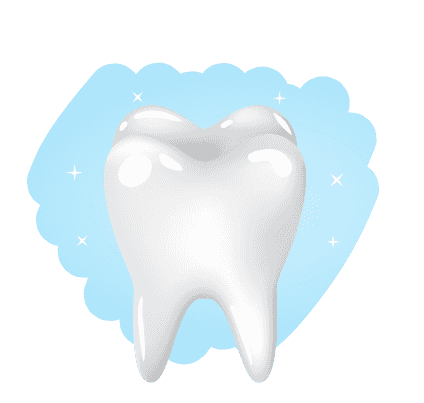
Make your inbox smile!
Subscribe


